
If you put off making repairs to your safety cover in the spring, and are now just remembering the problem, now is time to take action.
Many pool safety cover repairs can be performed at home, while others should be professionally repaired by the manufacturer or a local textile sewing company.
Here’s the top 5 most common repairs made to pool safety covers. Mesh or Solid, it doesn’t matter much although solid safety covers are generally more durable than mesh safety covers.
Small Holes in a Safety Cover
Very small holes in a safety cover may not be a concern. They usually don’t spread, due to the tight weave of the cover material, so holes under 1/2 in. in diameter may not be a concern.
Small rips, up to 6 inches, can be repaired with our 4×8 inch Safety Cover Repair Patches. The woven design of the fabric causes most safety cover tears to rip in a straight line. Just adhere the patch to the area for a repair that will last for years.
Large holes in a Safety Cover
Large holes, or more specifically, when the cover looks like the cover above, in our ‘featured image’ , you are likely beyond patching, and should contact the manufacturer of their cover, or the company they bought it through, to have it shipped for repair, or more specifically, a panel replacement.
For these repairs, we recommend using our Safety Cover Repair Program to have your safety cover repaired or replaced. We can have a box sent, then have the cover picked up to be inspected for an estimate.
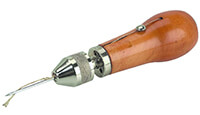
Local ‘canvas fabricators’, which work on tents, awnings and boat sails, may also be able to repair the cover for you, if you don’t have time to ship it off.
However, you can make repairs of any size with some mesh or vinyl material. You can buy sample size pieces of woven mesh online and either use rubber cement or an awl, and stitch the patch in place. It probably won’t look as good as a professional panel replacement or large patch, but it would be a lot cheaper!
Torn or Ripped Straps
If the straps have dry rotted, or ripped from a heavy snow load last year, you may be able to repair them yourself, using our handy Awl (shown above), and some nylon strapping, aka nylon webbing, available at your local fabric store.

With the awl, sew the strap to the edge of the pool cover, using the ‘X’ tacking method used before. Use thin fishing line, or a heavy synthetic thread.
If the strap broke in the middle, you can use an additional buckle to attach a new piece of nylon webbing to the remaining strap.
Or, your cover manufacturer or a textile shop can sew on new straps for you, which may be better if you have many straps to replace, plus other repairs.
Wear Marks or Worn Areas
If you have areas where the pool coping is wearing through the cover, there are several things you can do to stave off the inevitable repair or replacement that this will cause.

This winter, and every winter from now one, use a padding under the cover, between the cover and the coping. This material can be very expensive to have sewn onto the cover, but you can also use outdoor carpetting which will protect the cover from any abrasion from rough areas like sharp brick coping.
Troublesome Deck Anchors
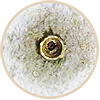
Brass anchors in the pool deck – most of them will never give you any trouble, but a few of them may become hard to turn, and impossible to open. Every few years you may want to replace some of the anchors that have popped out, or become stripped or stuck.
To remove an anchor from the concrete, we recommend using our Anchor removal kit, which goes through the anchor and pulls it out like a wine corker. Once the anchor is removed, you can tap a new brass anchor in it’s place.
Ripped Wear Strips
The wear strips are on the underside of the pool cover. They usually are 24 in. long, extending from the outside edge of the cover towards the inside. Their purpose is to protect the pool cover from rubbing on the edge of the pool during high winds, rain and snow.
Wear strips can be ripped off of the cover if dragged hard across a deck anchor in the raised position. Wear strips are a very important part of the cover, so don’t remove them – repair them! You can even add more, of a similar plastic strip, in areas that need more protection.
Using our awl, run the thin fishing line or heavy synthetic thread through the holes of the wear strip, and sew it back onto the cover. It doesn’t need complicated stitching, just follow the holes with your awl.

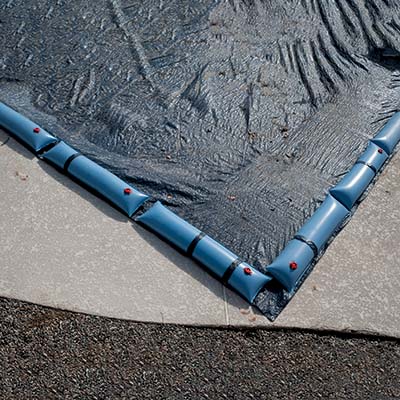
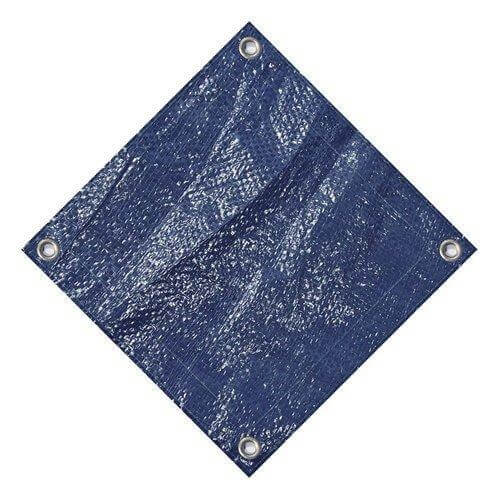
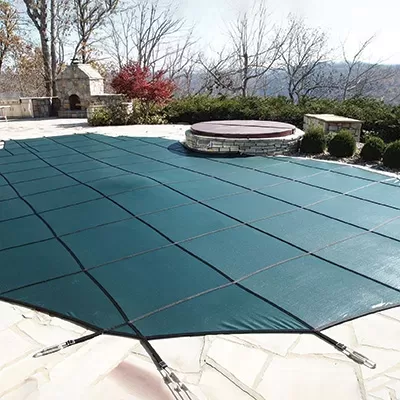


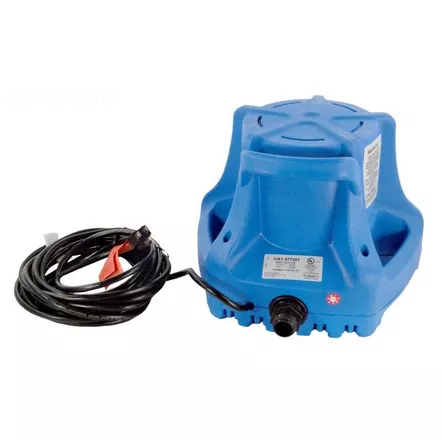

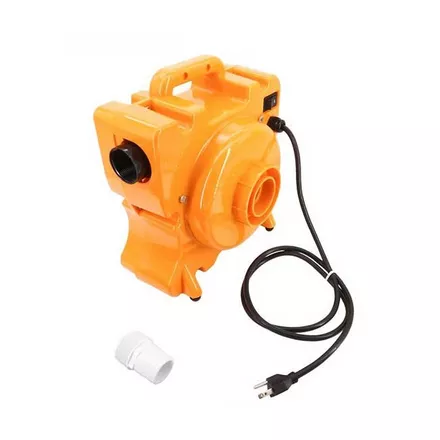
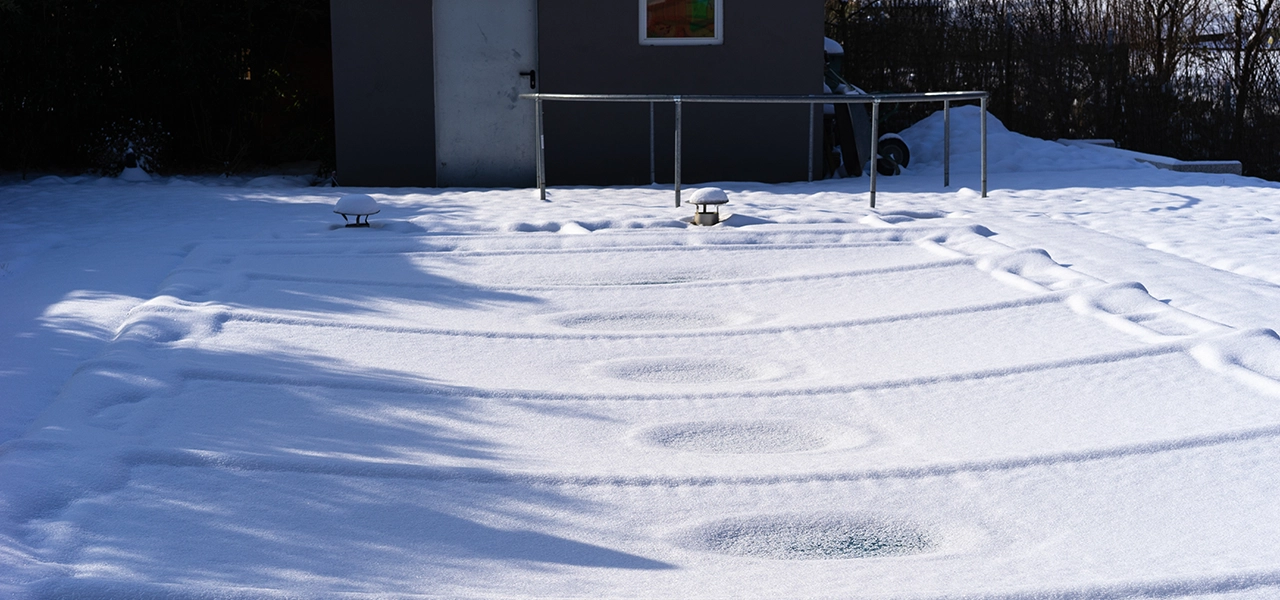
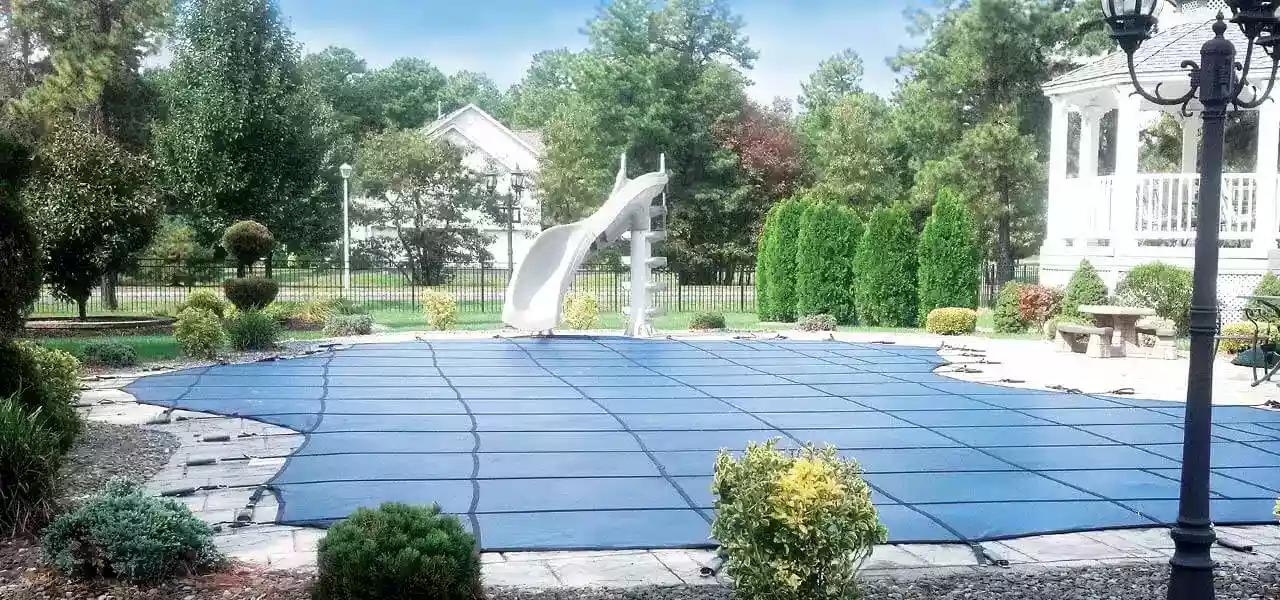
I have a loop loc pool cover and one of the seams have come apart, how can I fix it myself?
With an awl or an industrial sewing machine, you can restitch it. Use heavy polypropylene or nylon threads.